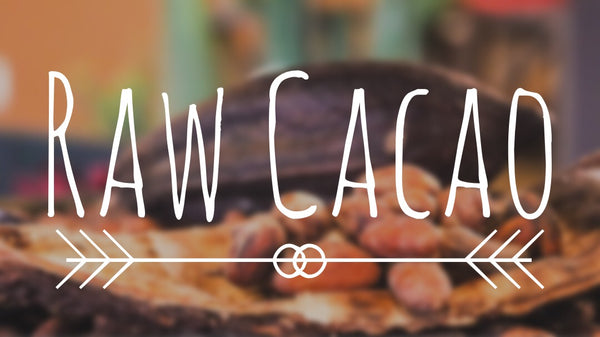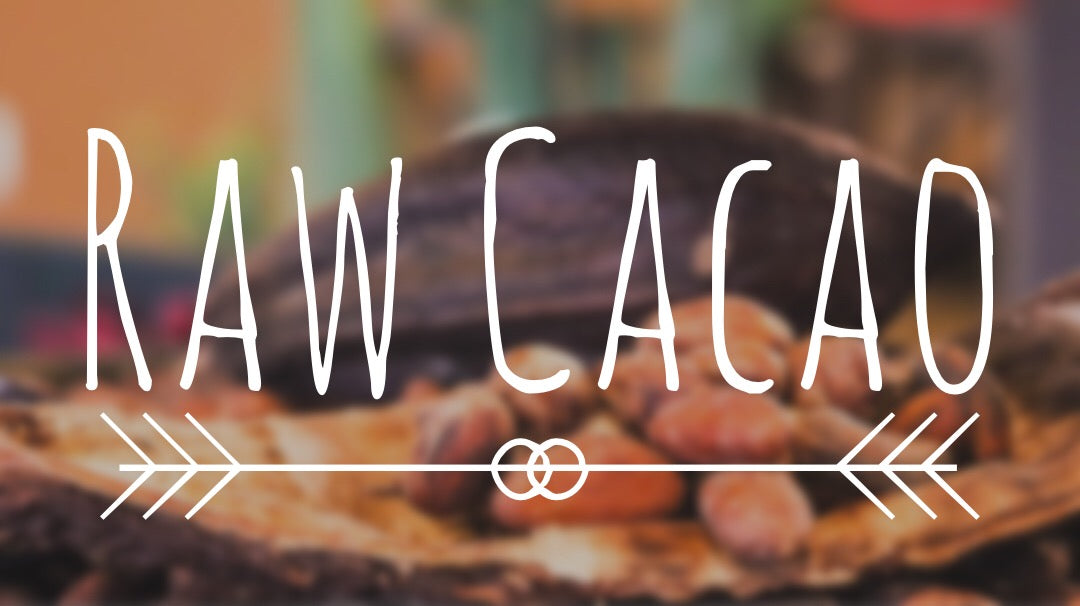Raw cacao has been labelled as one of the world’s healthiest superfoods, and the demand for dark chocolate, raw chocolate, and pure cacao has never been higher. But how healthy is it? Can a chocolate in its pure form really compare to green tea and other antioxidant-rich foodstuffs? And is there a point when it stops being healthy?
The Benefits of Raw Cacao

Raw cacao contains a wealth of vitamins and minerals. They are high in fibre and protein (although they are also high in fat, so be warned) and are also a great source of magnesium. They are also loaded with antioxidants, with a concentration that can rival antioxidant-rich teas like mamaki. These compounds are responsible for many of the health benefits associated with raw cacao, including:
1. May Improve Mood
If chocolate puts a smile on your face, you’re not alone. People eat chocolate because it makes them feel good, and while the taste and the high sugar content is partly responsible for that feeling, the flavonols contained within pure chocolate could also play a role.
Chocolate contains theobromine, which acts in a similar way to caffeine, and it also contains a compound thought to trigger the release of serotonin. (1) No one fully understands why chocolate makes people feel good, but multiple studies and centuries of anecdotal evidence suggests that it definitely improves mood and general cognitive function.
2. Could Reduce Blood Pressure

Chocolate is high in sugar and saturated fat, and a diet rich in this beloved treat can lead to all kinds of health issues. But the occasional raw cacao nib could help slowly reverse some of these issues, including high blood pressure. Research suggests that cocoa has a positive impact on blood pressure and leads to very few adverse reactions, suggesting that it could be a viable alternative treatment for this common ailment. (2)
This study noted that there were no notable changes in patients that didn’t present with abnormal blood pressure and that the improvements were more significant in younger patients. It also noted that the changes were slight and short-term, but it’s still good news for fans of this tasty superfood.
3. Could Reduce Risk of Heart Disease
In regulating blood pressure, raw cacao may also help reduce the threat of strokes and heart disease. It also increases nitric oxide production, which in turn relaxes blood vessels and allows the blood to flow more easily. (3)
Of course, consuming an excessive amount will eliminate any of these benefits, as cacao is high in saturated fat and too much of this can restrict blood flow and increase the risk of heart disease.
4. Could Help in the Fight Against Cancer
As we have discussed many times before when looking at super healthy herbal teas like dandelion leaf tea and even herbs like oregano, antioxidants play an essential role in reducing the risk of chronic disease, cancer included. The polyphenols in cocoa have also shown to have a direct impact on the progression of cancer cells, albeit in a controlled lab environment. (4)
This doesn’t mean that a bar of chocolate is going to cure cancer, far from it, but occasional consumption of pure chocolate (see below to learn about the difference between pure chocolate and confectionary chocolate) as part of a healthy lifestyle could reduce your risk.
Cacao versus Cocoa versus Dark Chocolate

We tend to think of cacao and cocoa as interchangeable—the same thing. But that’s not the case. Most of the benefits discussed above apply to cacao and not cocoa, and if you’re consuming this substance for its health benefits, then it pays to know the difference.
The chocolate making process begins by harvesting cocoa pods, which are the seed of the Theobroma cacao plant, and removing the beans within. These are dried and fermented before the shell is turned into cacao nibs.
These nibs are basically chocolate in its raw, unadulterated form. They have not undergone processing, which means their structure has not been altered and the antioxidants and enzymes they contain remain. They are incredibly bitter, but they are also potent and contain highly concentrated antioxidants.
To make chocolate, the cacao goes through several stages of processing after which the cocoa solids are separated from the cocoa fat. The former still retains many of the health benefits discussed above, and the higher the concentration of cocoa in a chocolate bar (often displayed as a percentage such as “80% cocoa solids”) the healthier it will be.
Cocoa butter is high in saturated fat and devoid of nutrients, but it also tastes great and is used in varying concentrations to make the chocolate creamier and sweeter. White chocolate contains the most cocoa butter and doesn’t contain any cocoa solids, but milk chocolate also contains a sizeable percentage of this vegetable fat.
Side Effects of Raw Cacao
Raw cacao can be good for you if consumed in moderation, but it’s also high in calories and can cause serious issues if consumed to excess. Firstly, it contains theobromine, a stimulant that can lead to toxicity when consumed to excess and one that is highly concentrated in raw cacao.
This is also the chemical that makes chocolate dangerous to dogs, and because it’s highly concentrated in raw cacao, it’s even more important that you keep this chocolate away from your canine friends.
It’s also easy to consume an unhealthy amount of fat. A single serving of just 28g contains fewer than 200 calories, but will provide the average person with nearly half of their recommend daily intake of saturated fat.
How to Spot Good Cacao

The demand for cacao is higher than ever and everyone wants a slice of the pie. Many chocolate producers are jumping on the superfood bandwagon to sell more product, but not all of them actually have a product worth buying and the quality can differ considerably from producer to producer.
So how can you tell a good one from a bad one?
Where raw cacao is concerned, you just need a reputable supplier in addition to a Fair Trade and organic product. Where dark chocolate is concerned, it’s a little tougher. Look for something that has a high concentration of cocoa powder, preferably higher than 80%, and doesn’t contain copious amounts of sugar or vegetable oil.
The packaging and branding also plays a role. The rule of “you can’t judge a book by its cover” doesn’t necessarily apply here, as the brand story can tell you where it comes from, who produces it, and why it’s special—it’s indicative of a brand that actually cares about its product.

